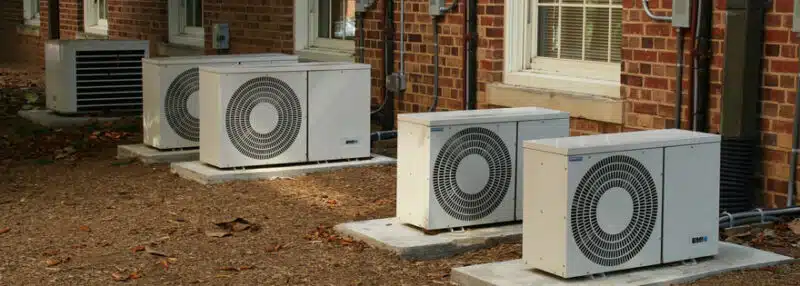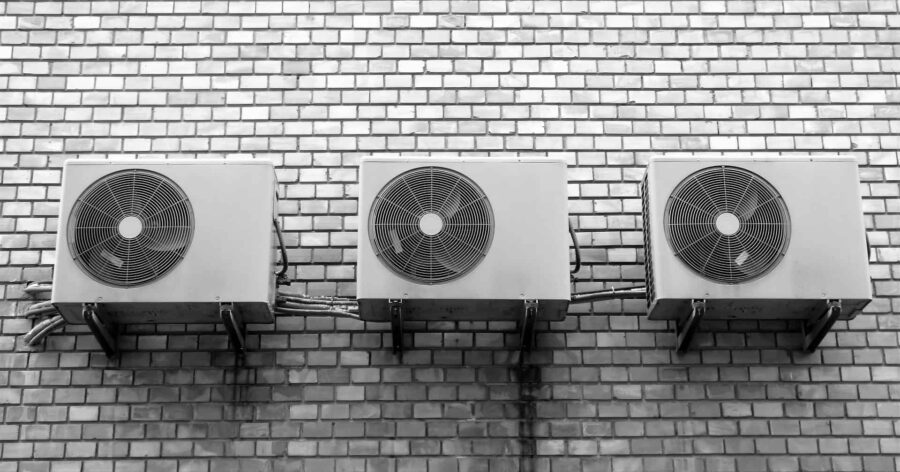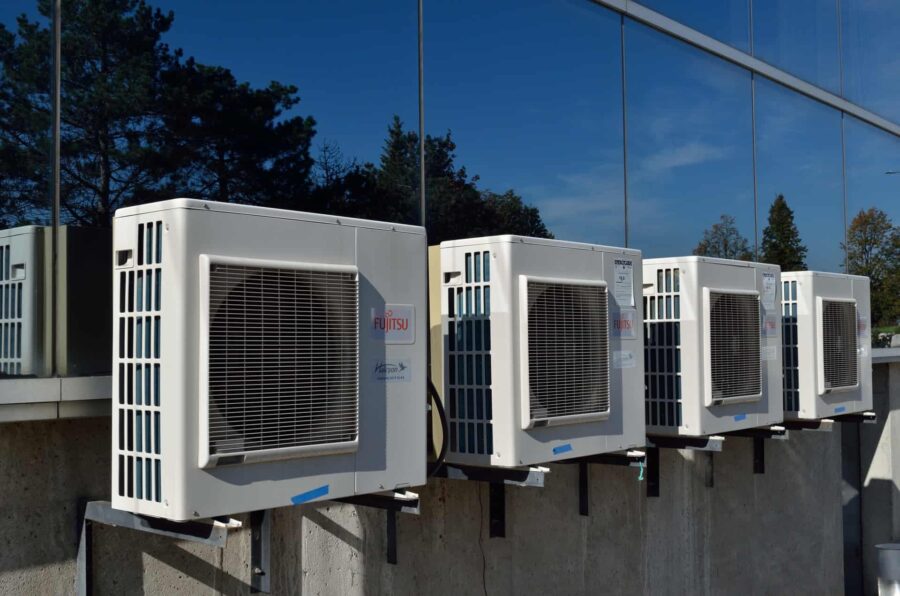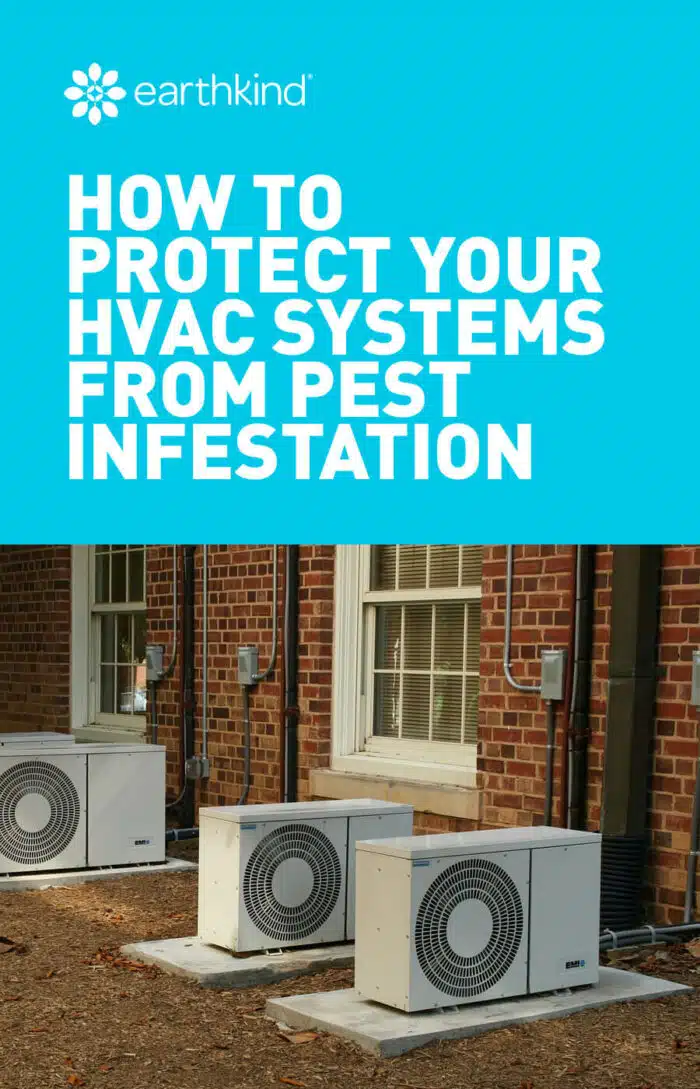How to Protect Your HVAC Systems from Pest Infestation
By: EarthKind
Changing seasons bring different challenges for homeowners in the form of pests. HVAC systems are an ideal place for several types of pests, including mice, squirrels, raccoons, and even snakes, to hide. The damp and warm environment of these systems is very inviting for these creatures, which is why many decide to make them their home.
When pests make their way into vents and air ducts, this can lead to increased utility bills, expensive damage, and severe health problems. Let’s dive into how you can prevent this problem from occurring.
What are the Signs of a Pest Infestation in Your HVAC?
The first step towards protecting your ductwork from pests is to look for and understand signs of their presence. Certain habits and natural behaviors of pests leave signs that include:
- Scratches on the vent walls
- Chewed ducts and valves
- Mouse droppings and other pest droppings
- Nesting materials, feathers, etc.
If you spot any of these signs, the next step is to figure out what type of pest you are dealing with.
What are the Most Common Pests You May Find?
The five types of pests most commonly infesting HVAC systems are as follows:
- Rats and Mice (very common) – Since rodents like to crawl into tight spaces, they are definitely one of the most common pests found in air ducts and vents. They can cause severe damage to your HVAC system. These pests often chew through refrigerant lines, electrical wires, duct material and other components of the system which might result in expensive repairs. Rodents are also known to carry diseases, such as Hantavirus, and can cause allergic reactions.
- Raccoons and Squirrels – Raccoons and squirrels can easily chew through the ductwork and vents. The holes in ducts will allow warm and cold air to escape which will cause an increase in the utility bills.
- Insects – Dark and cool places are ideal hideouts for these pests. Insects may not cause major harm, but dust mites may trigger allergy attacks and cockroaches are known carriers of diseases.
- Snakes – Snakes are incapable of regulating their own body temperature and hence are drawn to the heat generated in the condenser units. They can die if the fan blades start and this may damage the blades and parts of the HVAC system. Keep in mind that long grass and unkept yards are inviting for snakes. Keep the exterior areas around the building free of overgrowth and weeds so that snakes don’t invade the HVAC system as it is easily accessible with its multiple openings and vents.
- Birds – Their droppings can accumulate and adversely affect the quality of air circulated through the air conditioner. They can choke the filters and the particles from the dried droppings can get sucked into the fresh air circulation. These particles can cause serious health concerns such as candidiasis, histoplasmosis, E.coli infection, cryptococcosis etc. Birds dwelling in or around an air conditioning system can peck off the insulation which covers the pipes. Also debris such as feathers and twigs from their nests can conk off the air conditioner’s compressor.
Keep your home pest free with simple, effective solutions. Subscribe and save!
How to Keep Pests Out of Your HVAC System
These simple tips will help prevent critters from invading your home and HVAC system:
- Seal Gaps or Cracks: After HVAC installation, clean and seal all the ducts, vents and flues. Mice and other outdoor pests like to use small cracks and gaps to get into your house. Make sure you seal any other potential entry point around your home as well.
- Clean Outdoor AC Units: By regularly cleaning outdoor units, you can catch any potential nests being formed and prevent pests from building nests in the first place.
- Maintain Yard Near HVAC Units: The plants, shrubs, and grass near your HVAC unit may be the perfect place for pests to live. By preventing overgrowth, you discourage pests from living around your home and making their way into your home.
- Install Air Vent Covers and Screens: Install screens on vent openings including your dryer vents, furnace exhaust vents, and hot water heater exhaust vents (where possible).
- Inspect Vents Regularly: Getting your vents inspected regularly will help catch any potential pest issues. These maintenance inspections will also help you keep your vents clean, resulting in better air quality and less risk for related health issues.
- Remove Water Buildup: Damp, dark, and undisturbed locations are perfect for pests. By removing water buildup and keeping vents dry, you’ll reduce the potential for mold buildup and reduce the chances of attracting pests.
Following these steps will not only help prevent pest infestations but can also improve your indoor air quality and prevent cooling and heating system repairs down the road.
When to Call a Professional for Help
Children and pets are most vulnerable when it comes to acquiring infections and diseases spread by pests. Hence, if there are children or pets in your home, leave pest control to the professionals for satisfactory results. In the case of stubborn pests or severe infestation when your own efforts fail to keep them away from your HVAC system, you should seek the help of professional experts.
If you too are dealing with pests in your HVAC system and are unable to handle it yourself, seek the help of professional pest control experts for effective results.
Dealing with other pest infestation issues around your home? EarthKind offers plant-based pest-repellent products for rodents, spiders, ants, and more. These pouches are made with botanical ingredients and provide an alternative solution to repellents that use harmful chemicals. Place the pouches in your basement, pantry, closet, attic, crawl space, and any other place you want to get rid of pests or prevent them from entering.
Author Bio:
When people find their homes and offices infested with pests, it is not uncommon for them to panic. Raymond Web has taken upon him the task to educate people on pest prevention and control strategies helping them keep their surroundings healthy, safe and pest-free. Being the digital marketing manager for Take Care Termite & Pest Control, in Tracy, CA, he has in-depth understanding of people and their pain points due to pests, which he efficiently uses in his content to educate people and add value to their lives.











 day
day